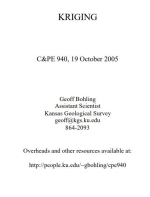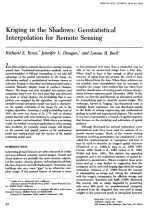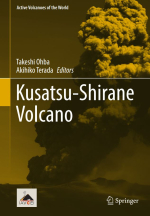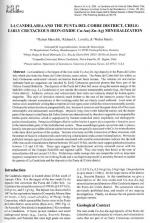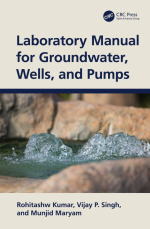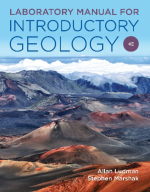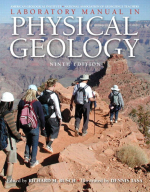Laboratory Manual in Physical Geology is the most widely adopted, user-friendly manual available for teaching laboratories in introductory geology and geoscience. The manual has been produced under the auspices of the American Geological Institute (AGI) and the National Association of Geoscience Teachers (NAGT). It is backed up by a premium web site at www.mygeoscienceplace.com, GeoTools (ruler, protractor, UTM grids, sediment grain size scale, etc.), an Instructor Resource Guide, and resources on the Instructor Resource Center (IRC) on DVD. The idea for this jointly sponsored laboratory
manual was proffered by Robert W. Ridky (past president of NAGT and a member of the AGI Education Advisory Committee), who envisioned a manual made up of the “best laboratory investigations written by geology teachers.” To that end, this product is the 25-year evolution of the cumulative ideas of more than 200 contributing authors, faculty peer reviewers, and students and faculty who have used past editions. <...>




